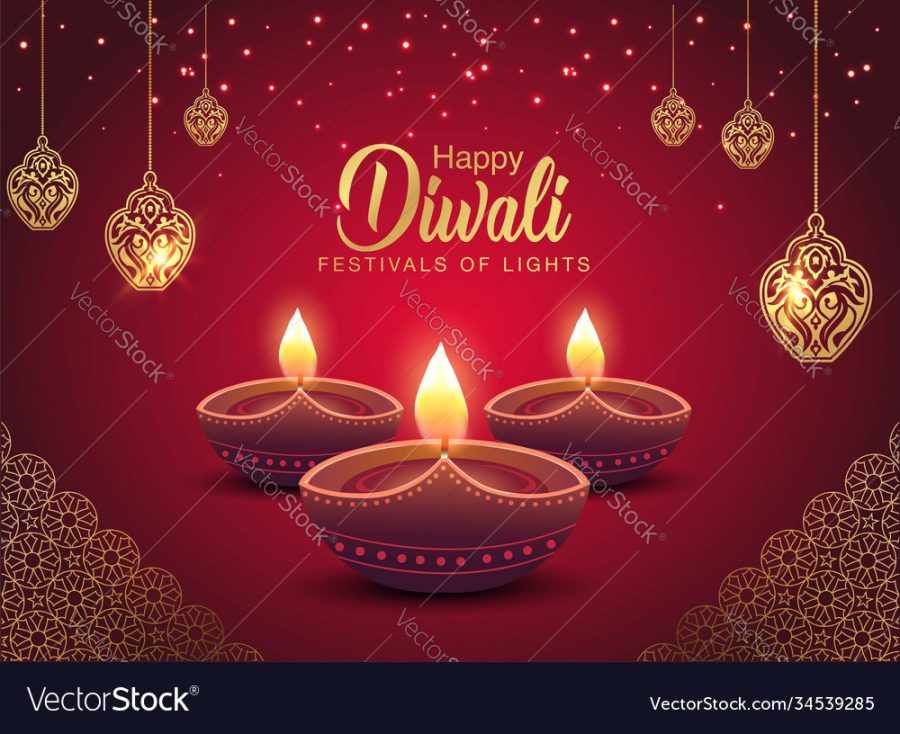New Year, New Article
Happy Diwali celebration background. front view of banner design decorated with illuminated oil lamps on patterned red background. vector illustration
January 12, 2022
Happy New Year! The time to celebrate endings has arrived and now we usher in new beginnings. Common traditions would include parties, eating special foods, watching fireworks, and contemplating resolutions and changes.
Human Civilization has been celebrating the New Year for over four millennia dating back to ancient Babylon. The Babylonians marked the occasion with a massive religious festival called Akitu, derived from the Sumerian word for Barley. This festival involved a different ritual on each day for eleven days. It also celebrated the victory of the Babylonian sky god over the evil sea goddess Tiamat.
Throughout history, the idea of which day was the beginning of the New Year has varied due to the position of the sun and moon. Determining the first day of the year was dependent culturally and geographically. For example, some calendars are based on lunar cycles, solar cycles, and others in relation to the Gregorian calendar. An example of this would be Chinese New Year which can take place anytime between January 21 and February 20 with the second new moon after the Winter Solstice. Whereas in contrast, Ethiopian New Year falls on the same day each year on September 11.
Celebrations vary between different cultures and religions. Did you know that while the Balinese spend the whole day in silence, the Burmese celebrate for three to four days with their water festival? On a Thai New Year you can even get away with pouring water on the elderly as it symbolizes the receiving of new blessings of the new year.
New Year is also celebrated through customs, rituals, and my personal favorite, food! This is seen in a Sri Lankan New Year which uniquely lies between April 13-14 where they celebrate with boiling milk and sweets made of rice and coconut oil.
On Marwari and Gujarati New Year, most known as, Diwali, this is celebrated as the festival of lights where they scatter lit candles around homes with prayers to several gods and goddesses. Diwali is based on the lunar cycle so their New Year can fall between mid October to mid November.
Lastly, the Gregorian New Year which falls on January 1 every year and is celebrated the night before through parties, galas, fancy restaurants, and the most famous traditions of watching the ball drop with fireworks as you share a kiss with a loved one to symbolize new beginnings. The countdowns are quite the experience. As shown, not everybody around the world celebrates the New Year on the same day and the same way, and while it appears we are all divided by our differences, we are actually united in the celebration of a New Year, new blessings, and new hopes.

